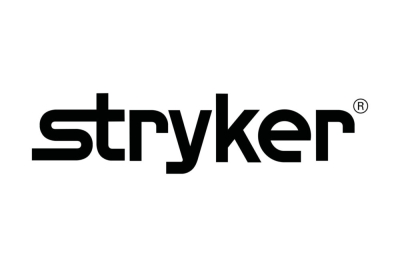Optimising surgical interventions for Crohn’s disease by tailored mesenteric resection
Crohn’s disease is a chronic recurrent inflammatory bowel disease. Up to 75% of patients require a surgical intervention during the course of their disease. Unfortunately, surgery for Crohn’s patients is not curative and disease recurrence is common with over 60% having endoscopic recurrence at six months, and up to 20% of patients need further surgery within 10 years. This heavily impacts patients’ quality of life.
So far, all guidelines advise limited resection of affected bowel, without resection of the adjacent fat (mesentery). Preliminary data suggest a potential benefit of resecting affected mesentery with reduced surgical recurrences. However, balancing removal of mesentery is crucial as larger resections can increase postoperative complications. Recently, we have demonstrated that mesenteric pro- inflammatory macrophages are active participants in CD pathology that have a specific gradient of aberrancies. This indicates that not all mesentery is equally affected.
The aim of this project is to characterise the mesenteric aberrancies and analyse if fluorescence-guided surgery can be used to improve the accuracy of Crohn’s resections. Our consortium partner Stryker is helping with the equipment and set-up of fluorescence-guided surgery during surgical interventions. A multicenter clinical trial will be started investigating the additional value of an extended mesenteric resection will result in reduced postoperative Crohn’s recurrence.
As Chrohn’s disease typically affects young people in the midst of their socioeconomic life, it is associated with high burden of health care resources. With over 40.000 patients in the Netherlands, we hope that by optimising the surgical technique, we will not only directly improve patients’ quality of life, but also introduce a more cost-effective treatment strategy in the long-term.
In this project we have been able to demonstrate that there is an aberrant macrophage profile in the mesentery of patients with Crohn's disease with various upregulated pro-inflammatory pathways. In contrast to our hypothesis, the randomised controlled trial, including 133 patients, could not demonstrate a clinical advantage of extended mesenteric resection with comparable disease recurrence rates in both groups. Moreover, an extended mesenteric resection was associated with a non-significant increased risk of postoperative complications. This precluded further analysis of fluorescence guided resection of aberrant mesentery. However, during the study, the technique and interpretation of fluorescence angiography guided surgery for colorectal procedures was optimised, which led to improved postoperative outcomes (e.g. reduced postoperative infectious complications), especially in pouch surgery.
In addition to the clinical trial, resection material was further analysed, and findings correlated to patient outcomes. Preliminary data suggest that patients with a more pro-inflammatory macrophage phenotype had significantly higher levels of calprotectin in the mesentery, which was directly related to increased postoperative complications and recurrent disease. We are currently in the process of setting up a subsequent study to validate these findings and analyse if mesenteric calprotectin can be used as a new and easy prognostic tool to improve patient stratification.



